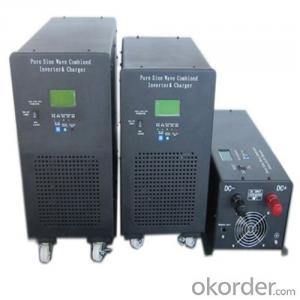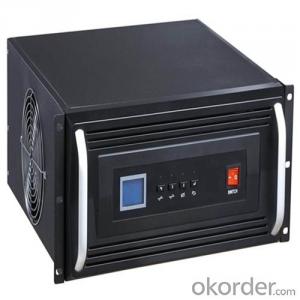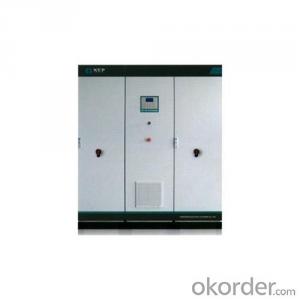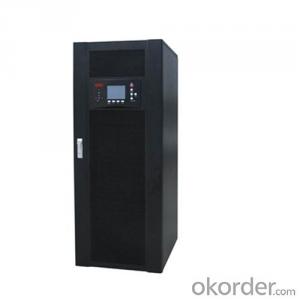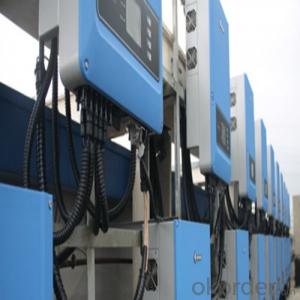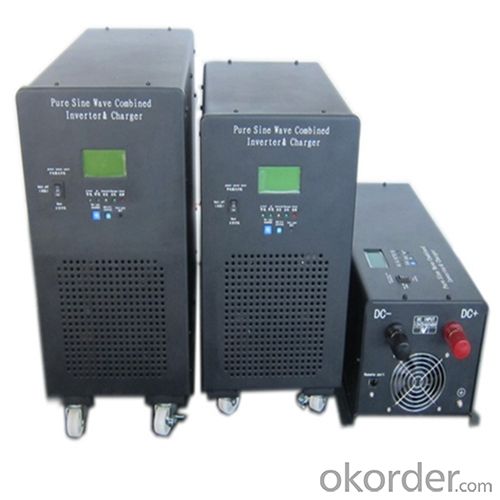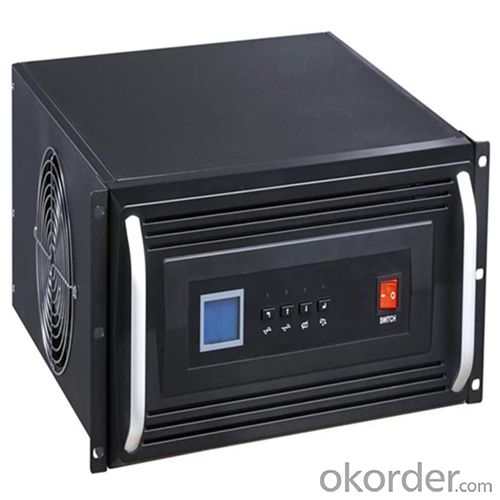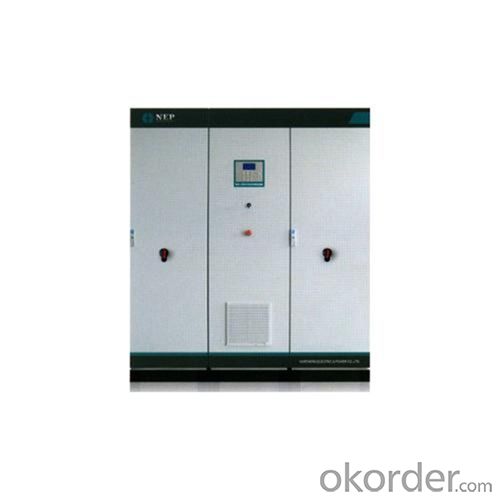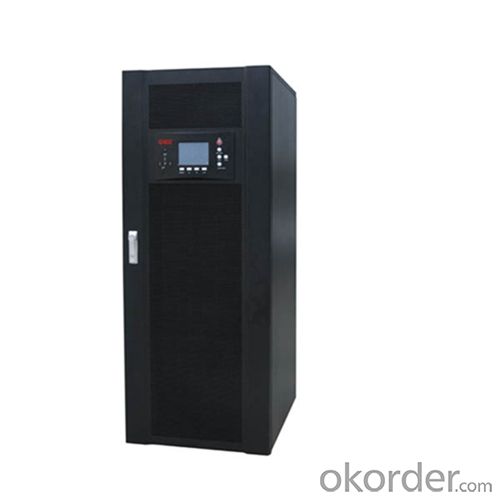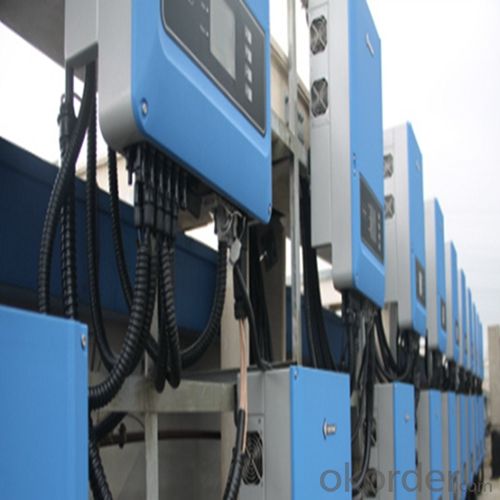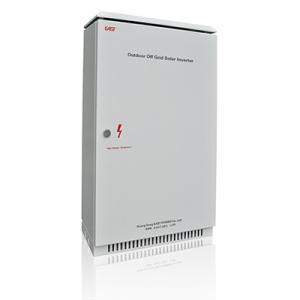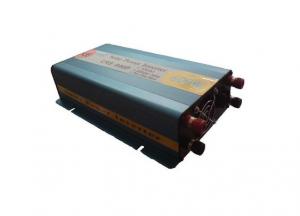600W Approved Solar Power Inverter MPPT Solar Charge Pure
- Loading Port:
- Shanghai
- Payment Terms:
- TT OR LC
- Min Order Qty:
- 5 pc
- Supply Capability:
- 3000 pc/month
OKorder Service Pledge
OKorder Financial Service
You Might Also Like
Performance Characteristics
· 1. Suitable for all electrical equipments
· 2. Large LCD display for more detailed content
· 3. CPU controlled; fast transfer time
· 4. Intelligent battery management, prolonging the service life of the battery
· 5. Complete protection function, high reliability
· 6. Can provide high current charge
· 7. Can match different types of batteries
· 8. Disassembled LCD box which can make the operation in a distance of 15 meters
Product introduction
EP series is sine wave low frequency inverter, which is specifically designed for home appliances. It is equipped with a big LCD screen so all information is displayed in detail, which makes it more convenient to use. Charging current of the inverter is adjustable from 5A to 45A and you can also select different charging voltage to charge different types of batteries so batteries are under great protection.
Our Service
Samples
Samples are Available for Testing and Market Test.
Warranty
We provides warranty against defects in materials and workmanship for its Uninterruptible power supply, Power inverter/chargers including inverter12v 24v 48V, Solar charge controllers (“Product”).
OEM Service
OEM service is strictly based on the ISO9001 ISO14001 quality assurance system. The TOP involves the effective teamwork of departments from Sales, R&D, and Engineering, purchasing, production & QA, assuring a high quality product and prompt delivery for customers. The standardization of our quality system and the quality stability has earned us the trust of our customers for 12 years.
We have 10 sets of automatic insertion equipments, ICT PCB testing equipments, ATE automatic testing center and aging workshop for all products. Monthly output of UPS series exceeds 200,000. We have been offering OEM service for over 12 years.
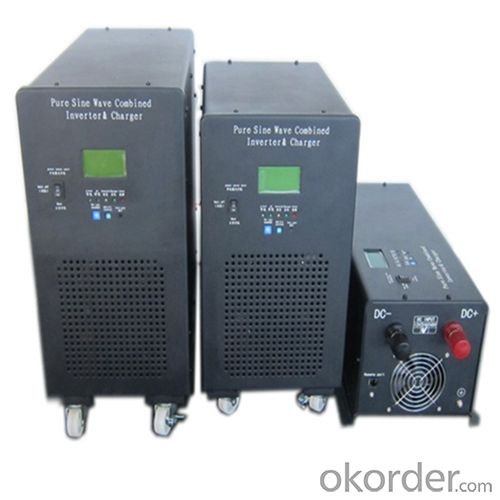
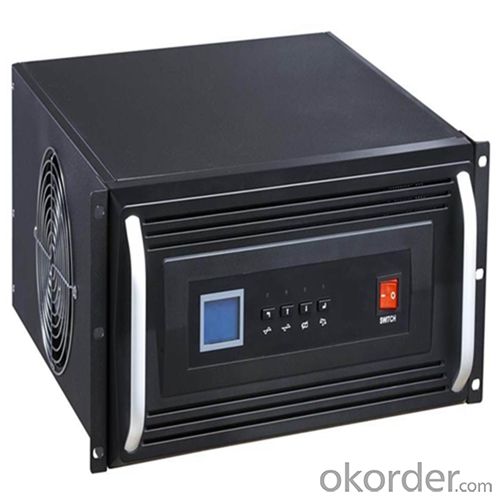
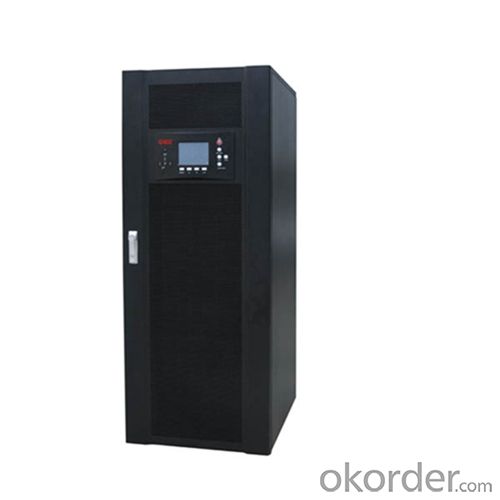
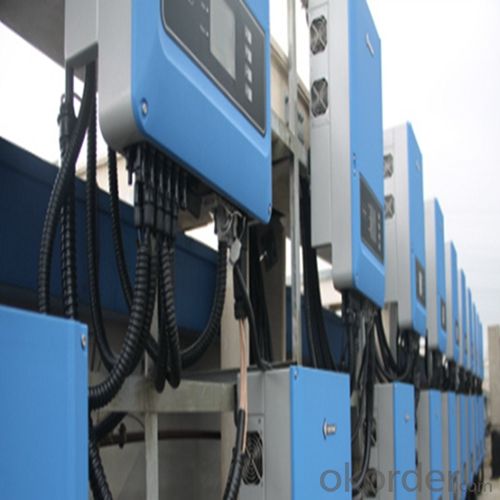
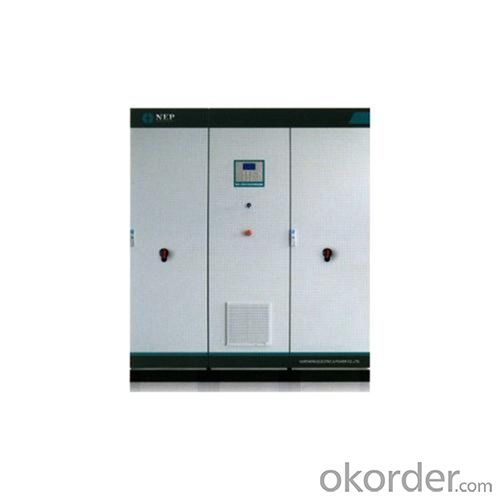
Specifications
Input | |
Input Voltage Range | 182-265VAC |
Output | |
Input Voltage Range | Batt.Mode:50±0.3Hz Mode:48-54Hz(50Hz) or 58-64Hz,Same as AC |
Output Wave Form | Sine Wave (Batt,mode) |
Transfer Time | 10ms(Typical) |
FAQ:
Q: Do you have the CE, TUV, UL Certification?
A: We’ve already passed all the tests, and any certificate is available.
Q: Have you ever sold your products to companies in my country?
A: Of course, we have customers in all general PV markets, but I think we should expand our market share along with the market growth.
Q: When did your company set up? You are a new company, how can I believe your quality?
A: We entered into Solar PV industry in 2005, now we have several plants in manufacturing of a-Si and c-Si panels, and our capacity is 220MW per year. Till now we have already passed all the tests by authorized laboratories, e.g. TUV, CE, UL.
Q: Can you help us install the module if we cooperate with you?
A: We haven’t entered into installation sector, but we have the plan in near future.
Q: How do you pack your products?
A: We have rich experience on how to pack the panels to make sure the safety on shipment when it arrives at the destination.
Q: Can you do OEM for us?
A: Yes, we can.
Q: Can we visit your factory?
A: Surely, I will arrange the trip basing on your business schedule.
- Q: What is the expected lifespan of a solar inverter?
- The expected lifespan of a solar inverter typically ranges from 10 to 20 years. However, this can vary depending on factors such as the quality of the inverter, maintenance practices, and environmental conditions.
- Q: Can a solar inverter be used in standalone power systems?
- Yes, a solar inverter can be used in standalone power systems. Standalone power systems, also known as off-grid systems, are designed to operate independently from the main electrical grid. Solar inverters play a crucial role in these systems by converting the direct current (DC) electricity generated by solar panels into alternating current (AC) electricity that can be used to power appliances and devices. Thus, solar inverters are essential components in standalone power systems, enabling the use of solar energy for off-grid electricity needs.
- Q: Can a solar inverter be used with different types of power factor correction devices?
- Yes, a solar inverter can be used with different types of power factor correction devices. The solar inverter is responsible for converting the DC power generated by the solar panels into AC power that can be used in homes and businesses. Power factor correction devices, on the other hand, are used to improve the power factor of the electrical system by reducing reactive power. The solar inverter can work in conjunction with various types of power factor correction devices, such as capacitors or active power factor correction units, to optimize the efficiency and performance of the electrical system.
- Q: Can a solar inverter be used in a multi-string configuration?
- Yes, a solar inverter can be used in a multi-string configuration. A multi-string configuration refers to connecting multiple strings of solar panels to a single inverter. This setup allows for better utilization of the inverter's capacity and can accommodate larger solar installations.
- Q: Can a solar inverter be used with different grid voltages or frequencies?
- No, a solar inverter cannot be used with different grid voltages or frequencies. Solar inverters are designed to convert the DC power generated by solar panels into AC power that matches the specific voltage and frequency of the grid it is connected to. Using a solar inverter with different grid voltages or frequencies can result in compatibility issues and potentially damage the equipment.
- Q: Can a solar inverter be used for residential applications?
- Yes, a solar inverter can be used for residential applications. A solar inverter is an essential component of a residential solar energy system as it converts the direct current (DC) generated by solar panels into usable alternating current (AC) electricity that can power household appliances and be fed back into the grid.
- Q: What is the efficiency rating of a solar inverter?
- The efficiency rating of a solar inverter refers to the percentage of solar energy converted into usable electricity. It measures how effectively the inverter converts the direct current (DC) power generated by solar panels into alternating current (AC) power for use in homes and businesses. Higher efficiency ratings indicate that the inverter can convert a greater amount of solar energy, resulting in increased electricity production and cost savings.
- Q: Can a solar inverter be used in areas with high levels of lightning activity?
- Yes, solar inverters can be used in areas with high levels of lightning activity. However, it is important to ensure that the solar inverter is properly grounded and installed with appropriate lightning protection measures to minimize the risk of damage caused by lightning strikes.
- Q: How does the temperature affect the performance of a solar inverter?
- The temperature can significantly affect the performance of a solar inverter. As the temperature increases, the efficiency of the inverter decreases. This is because the internal components of the inverter can overheat, leading to a decrease in power conversion efficiency. Additionally, high temperatures can also cause voltage drops and create thermal stress on the components, which can further impact the performance and longevity of the inverter. Therefore, it is crucial to consider temperature management and cooling mechanisms to ensure optimal performance and reliability of a solar inverter.
- Q: What are the common issues and troubleshooting steps for a solar inverter?
- Solar inverters can encounter various problems, such as failure to turn on, lack of power output, insufficient power output, intermittent power output, or error messages displayed on the inverter. Below are some steps you can take to troubleshoot these issues: 1. Verify the power supply: Ensure that the inverter is properly connected to the power source and that there are no electrical supply problems. Check the circuit breaker or fuse box to ensure it has not been tripped. 2. Inspect the wiring: Examine the wiring connections to ensure they are secure and undamaged. Loose or disconnected wires can cause power issues. If any damage is found, consider seeking the assistance of a professional electrician for repair or replacement. 3. Clean the solar panels: Dust, debris, or shading on the solar panels can reduce power output. Use a soft cloth or hose to clean the panels. If nearby trees or structures cast shade on the panels, consider trimming or removing them if feasible. 4. Check for error messages: If the inverter displays an error message, consult the user manual or manufacturer's website for the error code's meaning and recommended troubleshooting steps. If necessary, contact the manufacturer's customer support for further guidance. 5. Monitor weather conditions: Solar inverters may generate less power during cloudy or overcast days. However, if power output consistently remains low even in ideal weather conditions, there may be an issue with the inverter itself. 6. Reset the inverter: Some inverters offer a reset button or option. Attempt to reset the inverter to its factory settings, but bear in mind that this may erase any customized settings or configurations. 7. Update the firmware: Check if there are any firmware updates available for your specific inverter model. Updating the firmware can sometimes resolve issues and enhance performance. 8. Seek professional consultation: If the above troubleshooting steps do not resolve the issue, it is advisable to contact a professional solar installer or electrician. They possess the expertise and equipment required to diagnose and address more complex problems with solar inverters. Always prioritize safety when troubleshooting electrical equipment. If you are uncertain or uncomfortable with any troubleshooting steps, it is best to seek professional assistance to prevent potential hazards.
Send your message to us
600W Approved Solar Power Inverter MPPT Solar Charge Pure
- Loading Port:
- Shanghai
- Payment Terms:
- TT OR LC
- Min Order Qty:
- 5 pc
- Supply Capability:
- 3000 pc/month
OKorder Service Pledge
OKorder Financial Service
Similar products
Hot products
Hot Searches
Related keywords
